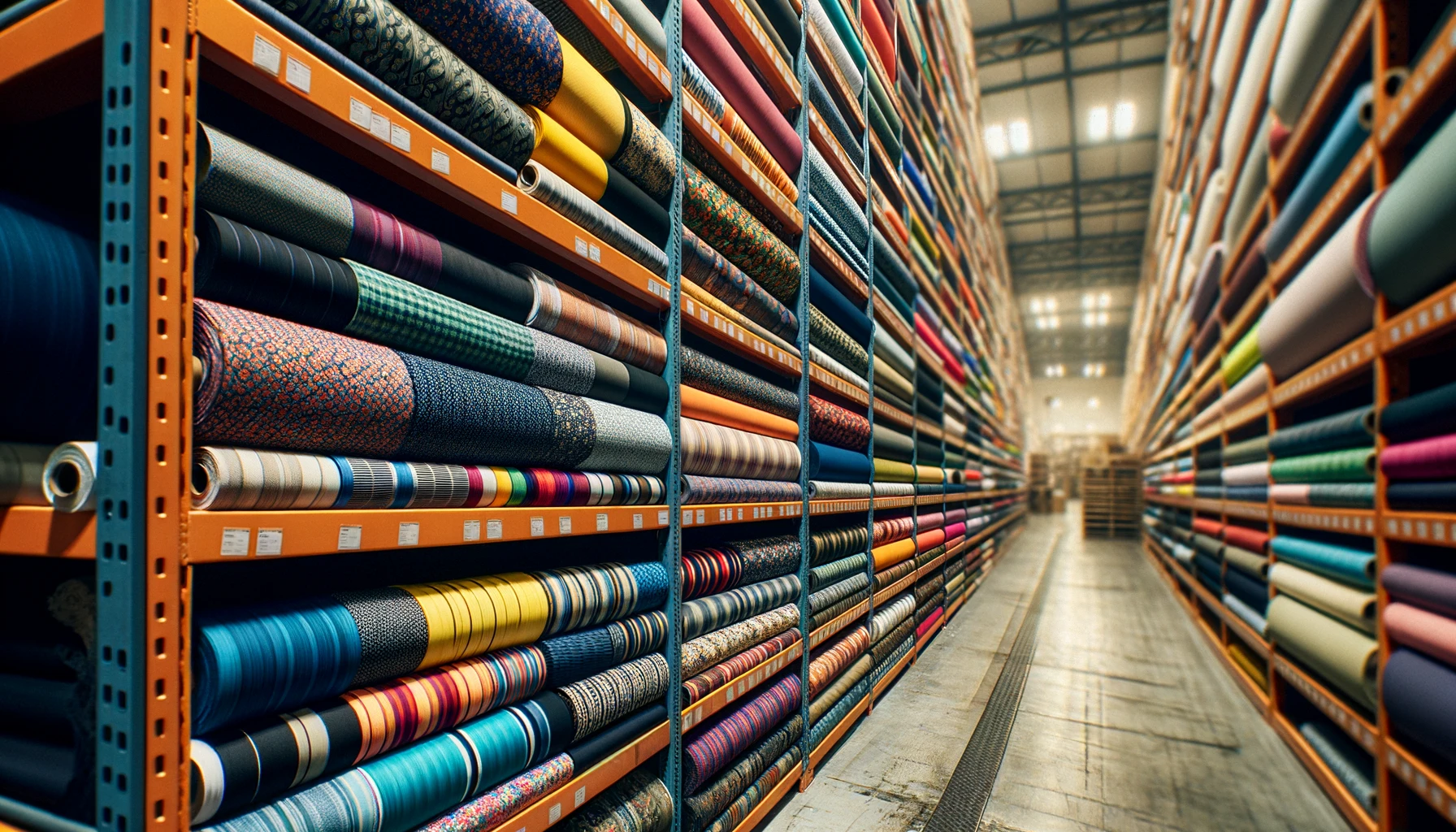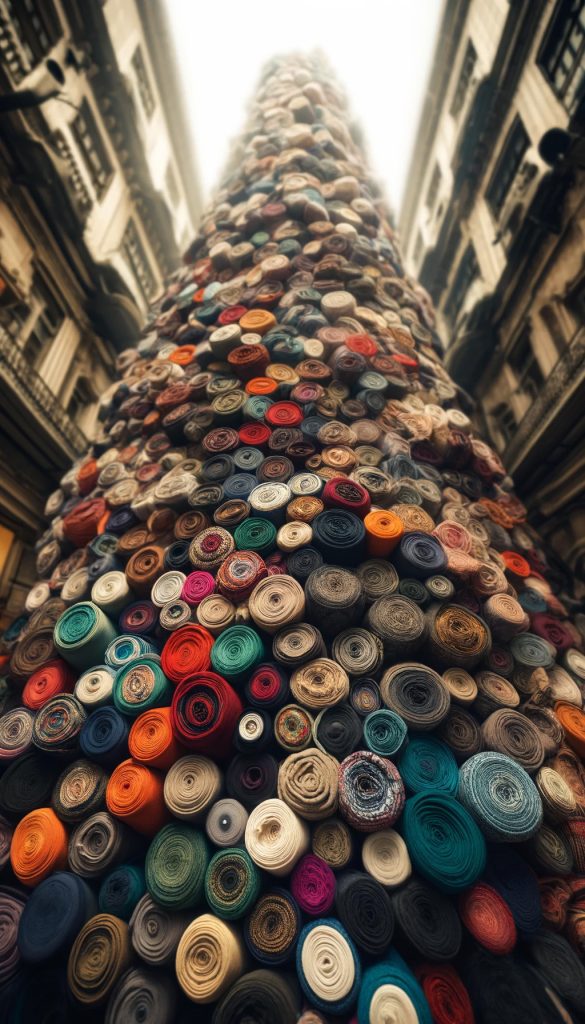Address
304 North Cardinal
St. Dorchester Center, MA 02124
Work Hours
Monday to Friday: 7AM - 7PM
Weekend: 10AM - 5PM
Address
304 North Cardinal
St. Dorchester Center, MA 02124
Work Hours
Monday to Friday: 7AM - 7PM
Weekend: 10AM - 5PM

Deadstock fabric is gaining recognition within the fashion industry as a sustainable alternative to conventional textiles. Here’s a closer look at what deadstock fabric is, why it’s important, and how it’s being used by designers to create eco-friendly fashion.
Deadstock fabric refers to textile materials that have been left over or not used by fashion manufacturers. These fabrics become “deadstock” because they were either overproduced, had minor defects, or were simply out-of-season and no longer needed for production. Instead of being sent to landfills, these materials are repurposed or sold to other designers or companies.

Using deadstock fabric has several environmental benefits. First and foremost, it reduces waste. The fashion industry is notorious for producing excess materials that often end up in landfills. By utilizing deadstock fabrics, designers can help minimize this waste.
Secondly, repurposing deadstock reduces the demand for new textile production, which is typically resource-intensive. The production of new fabrics often involves significant water and energy consumption, along with the use of chemicals that can be harmful to the environment. By using existing materials, designers can lessen the industry’s overall environmental impact.
While the benefits are clear, there are some challenges associated with using deadstock fabric. Availability and consistency can be major issues. Since these materials are leftover or discarded, there’s no guarantee of continuous supply, which can be problematic for designers planning a large or ongoing collection.
Furthermore, because the origins of deadstock fabrics are not always clear, it can be difficult to determine their exact environmental footprint. For instance, if the fabric was initially produced with harmful chemicals, using it still perpetuates those initial environmental concerns.
With our hard-earned connections in the Los Angeles Fabric District, we have exclusive access to textiles made with natural materials and are therefore able to create bespoke treasures for you.
Despite these challenges, many forward-thinking designers are embracing deadstock fabric. Brands like Reformation and Christy Dawn are well-known for their commitment to sustainable fashion, often using deadstock materials to create beautiful, limited-edition garments. This practice not only promotes sustainability but also adds an element of exclusivity to their products.
Deadstock fabric represents a significant step toward more sustainable fashion practices. By repurposing what already exists, we can innovate in design while also being eco-conscious. While there are challenges in using deadstock fabric, the fashion industry’s growing focus on sustainability implies that these obstacles may soon be overcome, leading to more widespread adoption of this practice.
This holistic approach to deadstock fabric showcases both the potential and the hurdles of using such materials, highlighting a path forward for the fashion industry in its quest to become more sustainable.